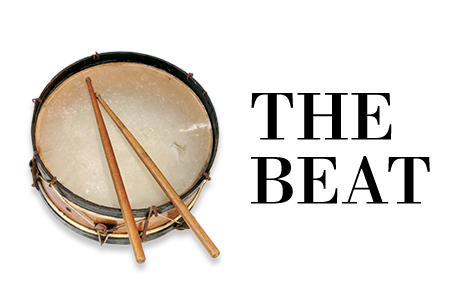“I have 4,000 SAS users and 7 million lines of SAS code, and nobody knows what it all does.”
These are the words of the Chief Data Officer of one of our insurance industry clients.
And the CDO isn’t the only one in the C-suite interested in discovering what’s in their SAS code. It’s a ‘must-know’ for data and analytics transformation to leverage advantages with open source and cloud investments. Our key stakeholders at companies across banking, insurance, manufacturing and energy utilities are all asking the same question:
How do we tackle SAS modernization as part of our digital transformation?
But before you can answer the ‘what they do’ question about your SAS workloads it’s valuable to know the scope and depth of SAS in your enterprise and the impact all that code is having on your operation. Some wonder if this discovery is even possible; we know the key is establishing a ground truth baseline of existing SAS assets – information which is often hiding in plain sight.
Corios Scanner helps clarifies SAS usage for the C-Suite
In the summary video below (appx 13-minute run time) I’ll walk you through some concrete examples of Corios scanner tactics we use to quantify and qualify the value of your SAS analysts, data and workloads. Here’s a brief snapshot of key takeaways for the CIO, CDO, CCO and CAO:
Critical SAS modernization targets of the Chief Information Officer (CIO)
- Reducing expensive tier one storage costs on data analytics platforms by as much as 50-67% by moving data files that haven’t been used by workloads in the past 12 months.
- Identifying current and potential business wins supported by data and analytics platforms by answering the ‘who’ question among users that highlights your most productive and efficient SAS users – stakeholders who can help inform the modernization effort.
- Building a roadmap to integrate analytics with open source and cloud platforms by isolating the workloads with the highest performance and business payoff when aligned to modern code languages like SQL, Python and Spark.
Critical SAS modernization targets for the Chief Data Officer (CDO)
- Identifying and mapping all enterprise data used by SAS analysts to comprehend business impacts like understanding where a producer’s 42 data tables are being used in over 450 workloads.
- Producing real cost efficiencies by reducing replication/duplication of data sources via a deeper understanding of best actions to take to enhance effectiveness and security related to how the data is produced and consumed.
- Gaining data storage efficiencies by knowing what enterprise repositories and end user libraries benefit from relocation to data lakes or strategic databases and isolating your ‘rogue or rookie’ data users that require training to become good data stewards.
Critical SAS modernization targets for the Chief Compliance Officer (CCO)
- Recognizing personally identifiable information (PII) otherwise hard to see in SAS files without tools like Corios AMP that suss out classifications like names and account numbers in user data.
- Reducing human-introduced risks by nature of analyst work methods and behaviors by identifying open text passwords, undocumented code and large code files.
- Mitigating the risk exposure of under-documented and un-validated decision models, often called “End User Computing” or EUC instances.
Critical SAS modernization targets for the Chief Analytics Officer (CAO)
- Identifying high value analytics workloads and characteristics of users who build them by scoring such stats like:
- frequency of results used by others in the organization
- the number and volume of data sources used to build them
- the analytic intensity involved in the builds
- the skill level of analysts both building and using them
- Quantifying business value and compliance risk exposure of high value machine learning (ML) assets in an organization.
There’s something for everyone to discover about SAS that will enhance C-suite planning for strategic transformation into a data insights-driven business.

